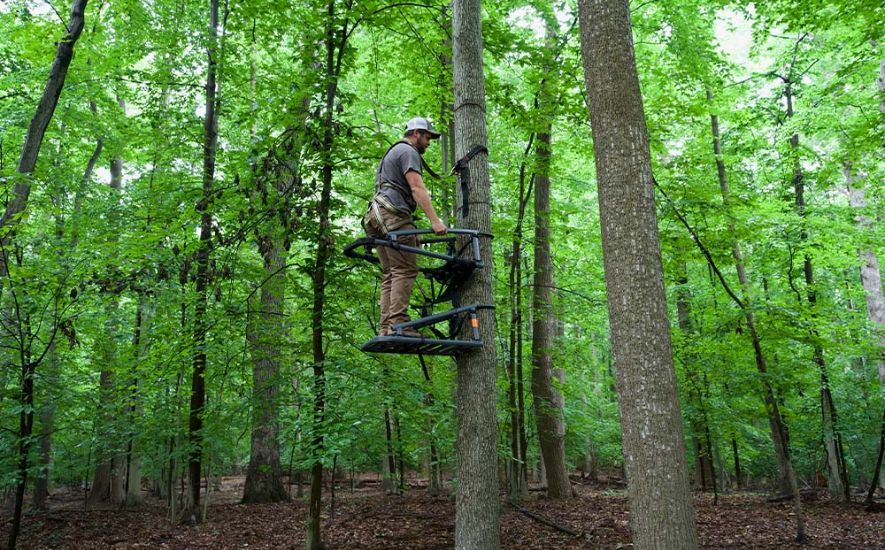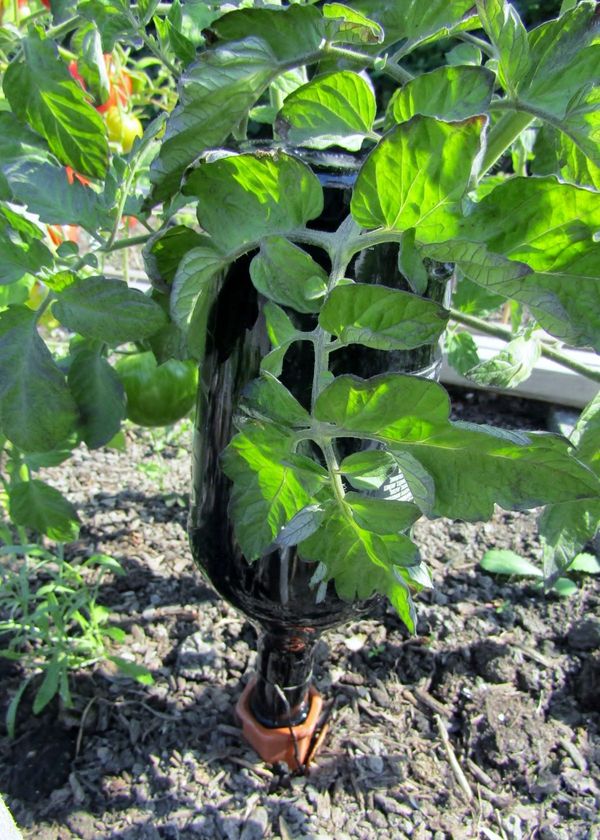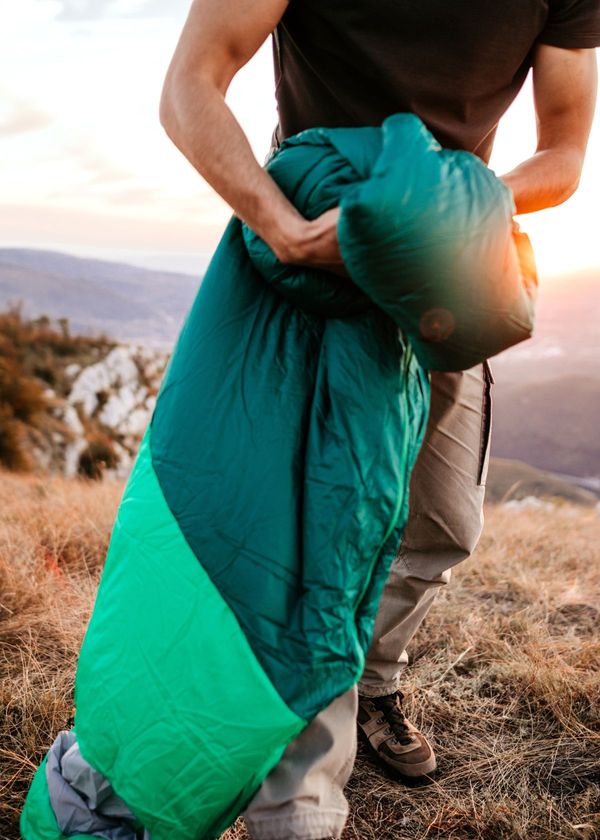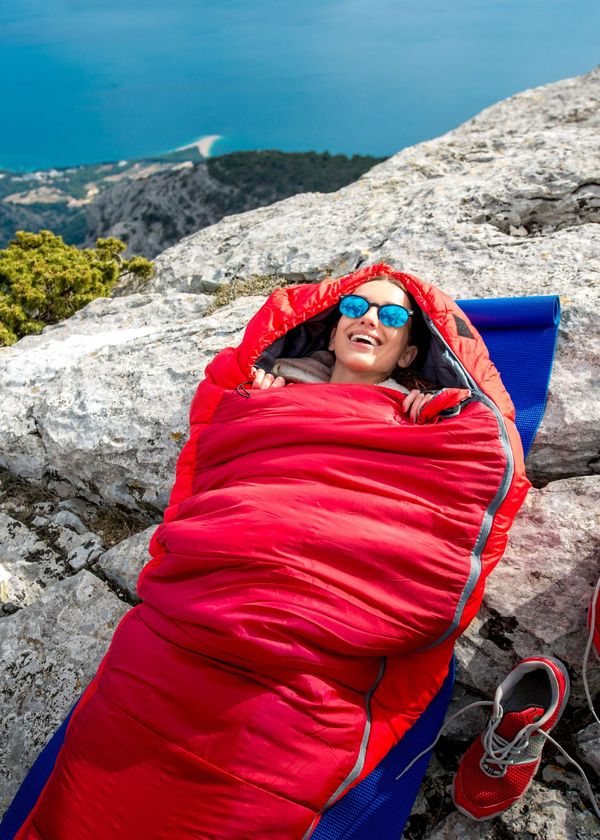Amongst the wild tapestry of nature, there exists a hidden realm, a secret oasis nestled high above the forest floor. It is a world reserved only for the brave and the adventurous, where seekers of solitude and seekers of prey alike find solace and success. This ethereal realm is none other than the domain of the climbing stand, a tool that grants mere mortals the power to ascend to the heavens of the woodland canopy.
Imagine yourself in the heart of a lush woodland, surrounded by towering trees and a symphony of chirping birds. The anticipation builds as you prepare to embark on your ascent, transforming into a nimble arboreal creature in pursuit of an elevated vantage point. With the right knowledge and skill, the climbing treestand becomes an extension of your body, enabling you to immerse yourself in a truly elevated experience.
So, gather your courage and prepare to defy gravity as we embark on a journey that will forever change your perception of the natural world. The climbing tree stand awaits, ready to reveal its secrets and elevate your outdoor pursuits to new heights.
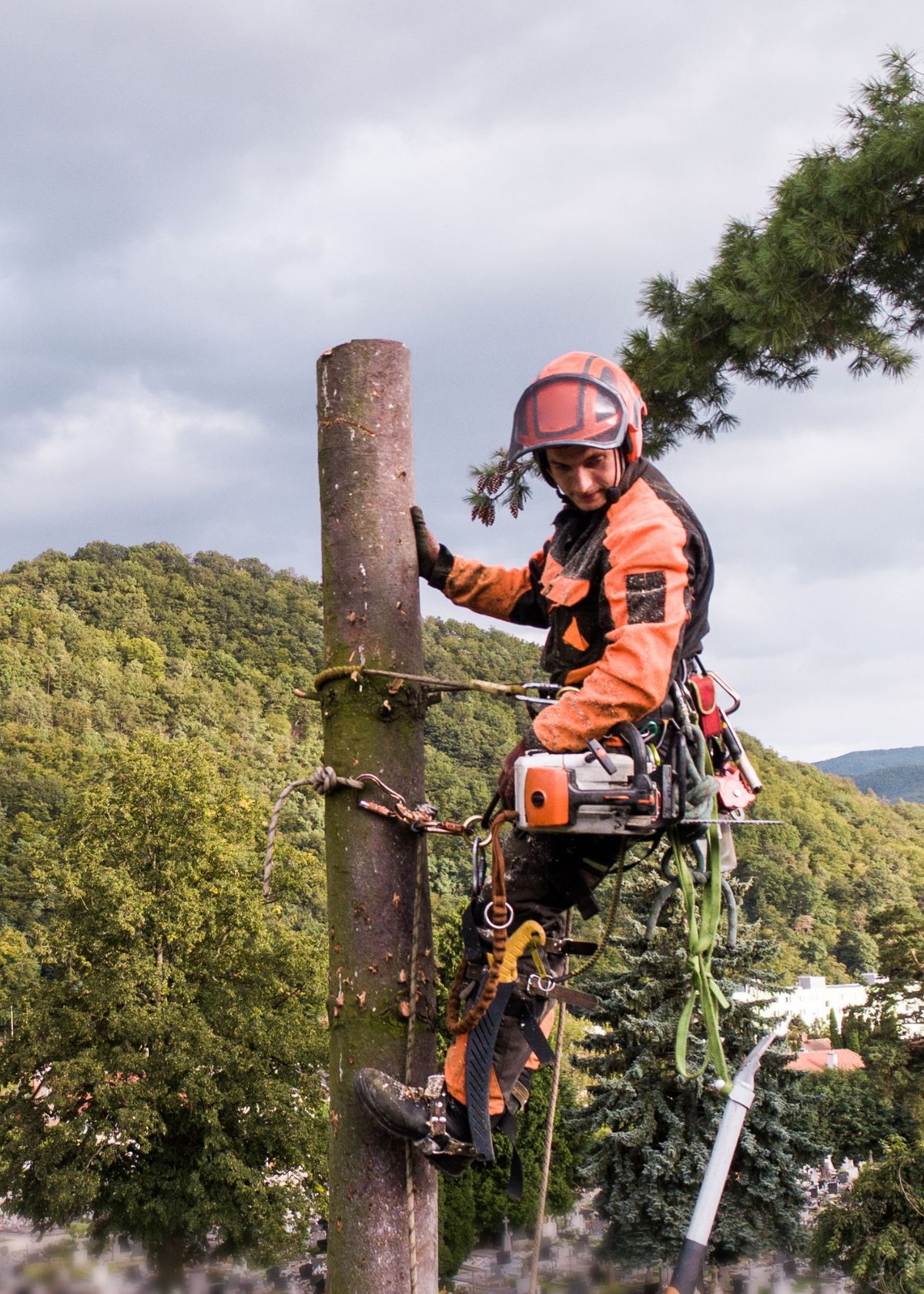
The Hidden Library for Climbing Stand
Welcome, avid adventurers and outdoor enthusiasts, to the Hidden Library—an exclusive gathering of knowledge, concealed within the vast expanse of nature itself.
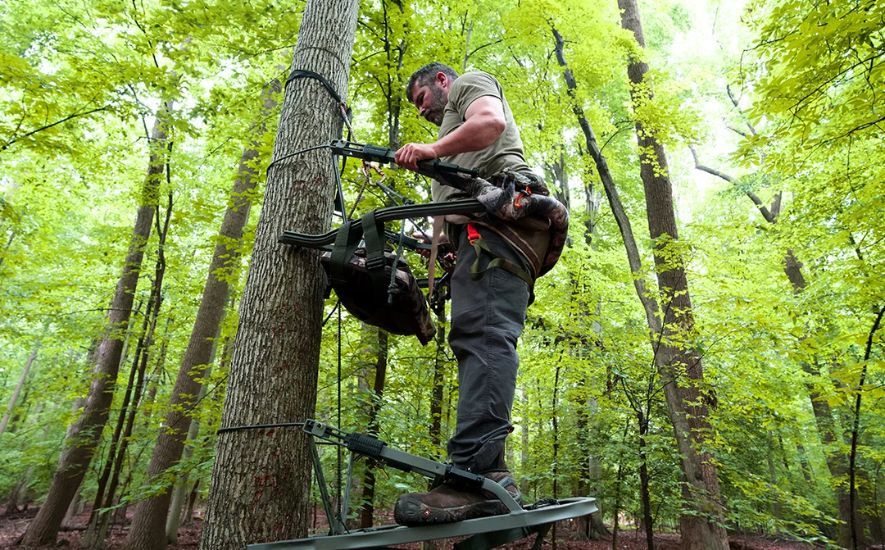
The Enigma of the Climbing Tree Stand:
Venture into the unknown realm of the climbing tree stand—a masterfully crafted tool that allows seekers of solitude and hunters alike to elevate their perspectives and stealthily traverse the natural terrain. Hidden amidst the branches, this enigmatic contraption grants us access to a whole new dimension, where we can witness nature's secrets unfold.
Unveiling the Mysteries of the Climbing Tree Stand:
a. Understanding the Anatomy: Delve into the intricate details of a climbing tree stand and familiarize yourself with its essential components. From the seat and platform to the climber's cables and straps, gain a comprehensive understanding of this marvel's design.
b. Choosing the Right Tree: Not all trees are created equal when it comes to hosting a climbing tree stand. Explore the various criteria that determine the ideal tree for your adventure. Factors such as trunk diameter, straightness, and overall stability hold the key to a successful ascent.
c. The Art of Stealth: Camouflage and concealment play pivotal roles in the hunter's repertoire. Learn the subtle techniques of blending into your surroundings, effectively disappearing amidst the foliage, and capitalizing on the element of surprise.
Ascending to New Heights:
a. Safety First: As you embark on your climb, prioritize safety above all. Understand the importance of harnesses, safety ropes, and carabiners. Master the art of securing yourself to the tree, ensuring a secure and worry-free ascent.
b. Stealthy Ascent: Acquire the skill of silently scaling the heights of your chosen tree. Uncover the techniques to minimize noise, be it by utilizing rope ascenders, practicing stealthy footwork, or employing innovative tricks to ensure your presence goes unnoticed.
c. The Perfect Perch: Discover the art of selecting the prime spot for your tree stand. Strategically position yourself for optimal visibility, considering factors such as wind direction, game trails, and natural cover. A well-chosen perch can make all the difference in your quest for adventure or success in the hunt.
Immersion in Nature's Tapestry:
a. Embracing the Silence: As you settle into your perch, immerse yourself in the symphony of nature. Embrace the stillness, listen to the rustle of leaves, and become one with the vibrant ecosystem that surrounds you.
b. Observing Wildlife: Patience is the key to unlocking the hidden treasures of the forest. Witness the marvels of the natural world unfold before your eyes—birds soaring through the sky, deer gracefully bounding through the underbrush, and squirrels nimbly darting from tree to tree. Each moment offers a glimpse into the intricate tapestry of life.
The Descending Journey:
a. Graceful Descent: Every adventure must eventually draw to a close, and it is equally important to descend with the same finesse and precision as the ascent. Learn the art of descending from your perch with grace, ensuring a safe return to solid ground.
b. Leave No Trace: Remember the importance of respecting and preserving nature's delicate balance. Leave no trace of your passage—collect your belongings, dispose of waste responsibly, and tread lightly to ensure future generations can experience the same wonders.
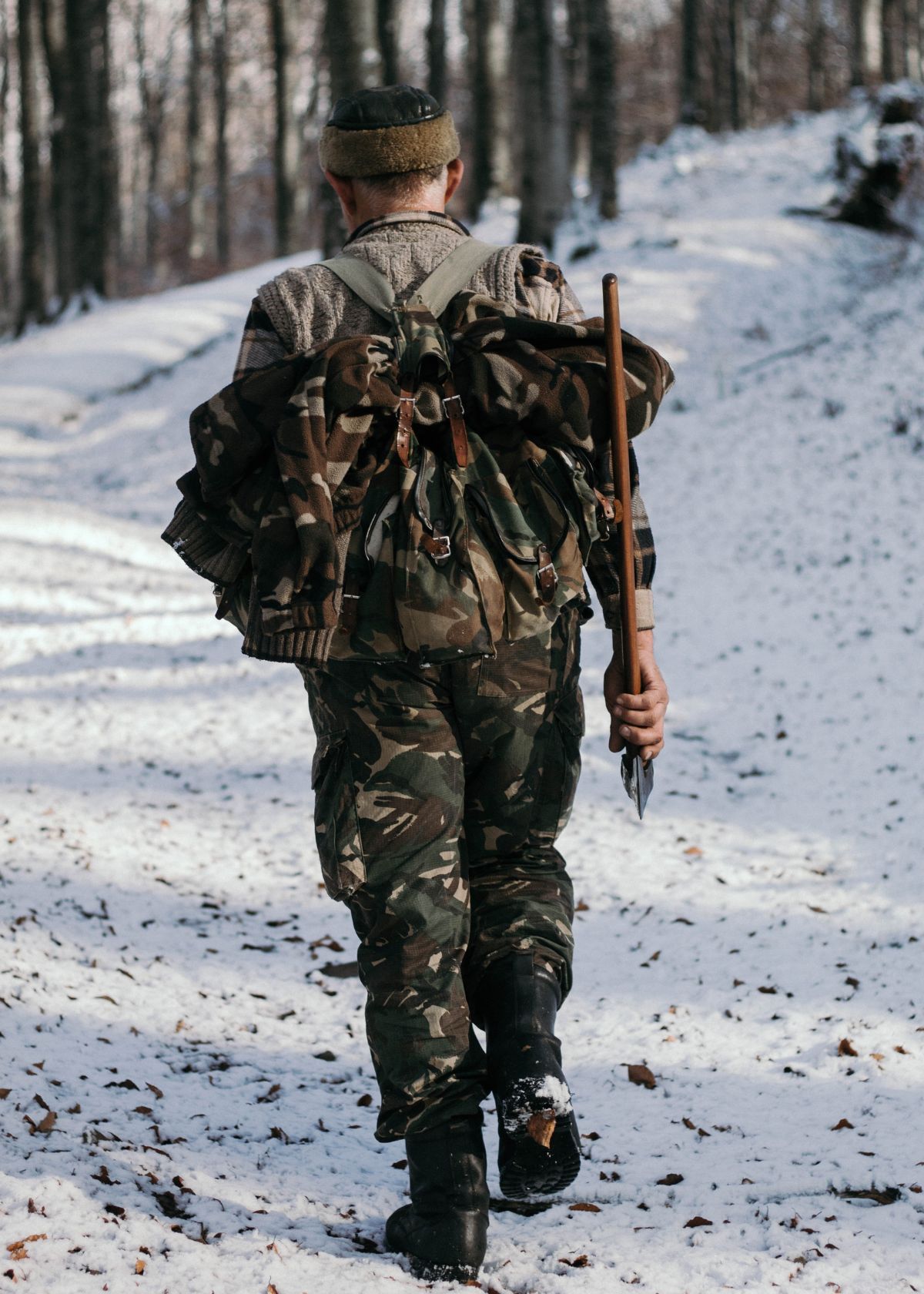
Hunting with a Climbing Tree Stand
Climbing tree stands, often called climbers, provide hunters with a unique advantage: an elevated perspective.
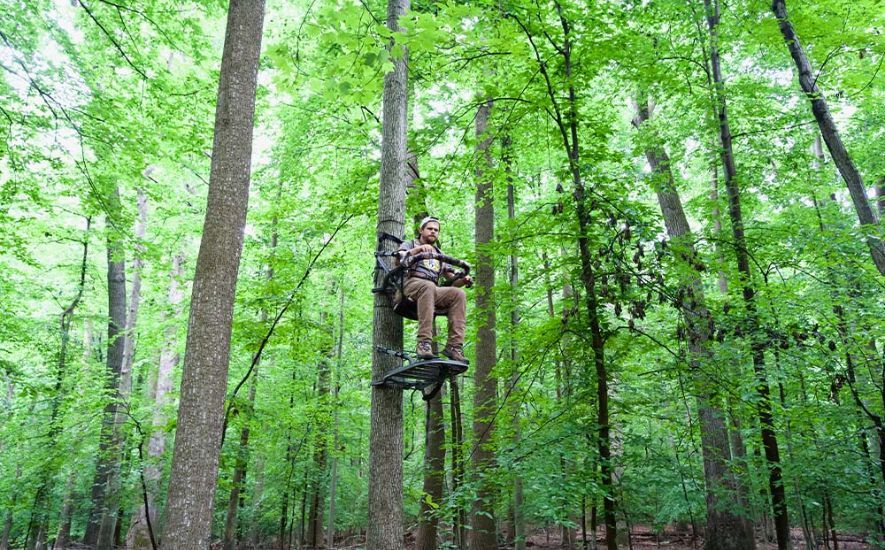
This tool is commonly used in specific types of hunting, such as deer hunting, turkey hunting, and sometimes even bear hunting. Its vantage point is particularly helpful in these scenarios, where visibility over a large area is key to successful tracking and sighting.
Advantages of Using a Climbing Tree Stand
- Elevated Viewpoint: As mentioned above, the climbing tree stand gives hunters a bird's eye view of the surrounding area. This perspective is useful for spotting a game from a distance and increases the chances of noticing approaching wildlife.
- Concealment: The elevated position also helps to keep hunters out of the direct line of sight of animals, reducing the chances of being spotted. This is especially important as many game animals have a keen sense of sight and are easily alerted by movements on the ground.
- Scent Distribution: By hunting from above ground, human scent - a significant giveaway for wary animals - is carried upward and dispersed by the wind, making it less likely that the prey will detect the hunter's presence.
- Portability: Climbing tree stands are generally lightweight and designed for portability, allowing hunters to change their location swiftly and silently if needed. This flexibility can prove advantageous when hunting in large, dynamic environments.
Disadvantages of Using a Climbing Tree Stand
- Physical Demand: Climbing tree stands require physical effort to ascend and descend. This may be challenging for some hunters, particularly over prolonged periods or in inclement weather.
- Limitation to Suitable Trees: The effectiveness of a climbing tree stand is limited to areas with suitable trees. Not every hunting location will have trees that are straight and sturdy enough to support a climber, potentially limiting its applicability.
- Safety Risks: Although climbing tree stands are designed with safety in mind, accidents can still occur, especially if the hunter is not careful or fails to use the equipment properly. It's essential to always use a full-body safety harness when hunting from a climbing tree stand.
- Noise and Movement: Setting up and adjusting the climbing tree stand can generate noise and motion, which could potentially alert nearby games. However, with experience and careful maneuvering, these factors can be minimized.
In conclusion, climbing tree stands can greatly enhance a hunting experience, offering strategic advantages that could mean the difference between a successful hunt and a missed opportunity.
However, they come with their own challenges, which hunters should familiarize themselves with to ensure a safe and successful outing. Always respect the wilderness, be aware of your surroundings, and follow all hunting regulations and ethical guidelines.
Choosing the Right Location and Setting Up Your Climbing Tree Stand
One of the critical elements of successful hunting with a climbing tree stand is choosing an appropriate location and setting up your stand correctly. Below, we'll dive into some key factors to consider when selecting your location, as well as guidance on properly setting up your stand.
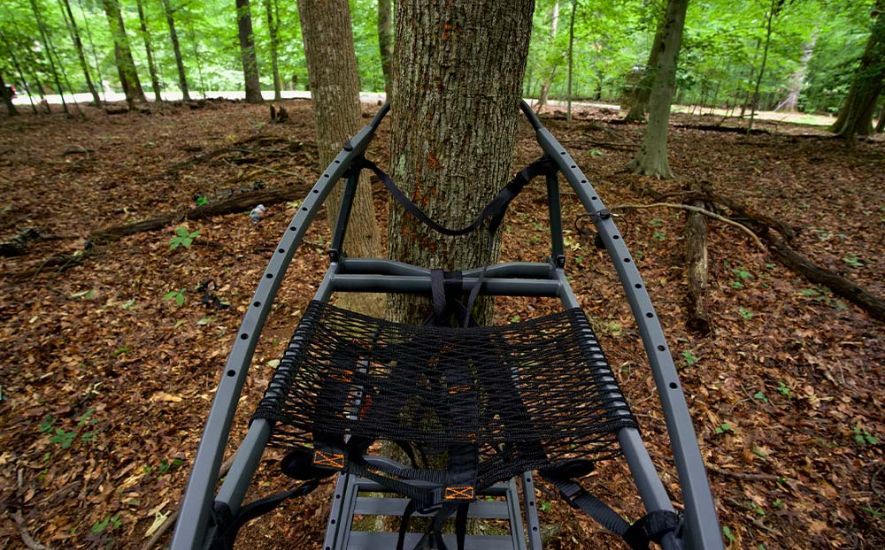
One of the critical elements of successful hunting with a climbing tree stand is choosing an appropriate location and setting up your stand correctly. Below, we'll dive into some key factors to consider when selecting your location, as well as guidance on properly setting up your stand.
Choosing the Right Location
- Look for Sign: Search for areas where your target game is active. This might include food sources, water sources, bedding areas, or well-worn game trails.
- Tree Selection: Not all trees will work with a climbing tree stand. You should look for healthy, living trees that are straight and sturdy, with a diameter that fits the specifications of your particular stand. Avoid trees with loose or peeling bark, as they might not provide a secure grip for your stand.
- Visibility and Shooting Lanes: You’ll want to choose a location that offers a clear view of the surrounding area and provides unobstructed shooting lanes. But remember, while you need to see the game, you don't want the game to see you, so balance visibility with good cover and concealment.
Setting Up Your Climbing Tree Stand
After choosing the right location, the next step is to set up your climbing tree stand. Follow these steps to ensure that your stand is safe and secure:
- Check the Stand: Before you begin climbing, check the stand's straps, cables, and other components for signs of wear, tear, or damage.
- Use a Safety Harness: Always use a full-body safety harness when using a climbing tree stand. Attach the harness to the tree before you start climbing, and keep it attached until you descend.
- Position the Stand: Start by positioning the bottom of the stand at about waist height, with the top part of the stand above it. Ensure the stand is level or slightly tipped up toward the tree for a secure grip.
- Start Climbing: Using the sit-and-stand method, climb the tree by moving the top part of the stand (where you sit) and then the bottom part (where you stand) one after another. Always maintain at least three points of contact with the stand and tree while climbing.
The Ideal Height
Choosing the right height for your climbing tree stand largely depends on your comfort level, the type of game you're hunting, and the terrain. Generally, the height can range from 15 to 30 feet off the ground.
However, there are a few factors to consider:
- Cover and Concealment: You’ll want to be high enough for good cover and concealment, but not so high that you lose shooting accuracy.
- Shooting Angle: As you go higher, your shooting angle becomes more acute, which can make it more challenging to hit the vital organs of your target game, particularly for bowhunters.
- Safety: The higher you are, the more dangerous a potential fall could be. Make sure you are at a height where you feel secure and comfortable.
Remember that every hunting situation is unique, so what works best for others might not work best for you. Always prioritize safety when choosing the location and setting up your climbing tree stand.

Frequently Asked Questions (How To Use A Climbing Treestand)
Here are the most common questions about climbing treestands and how to use them for hunting that we could find.
How do climbing tree stands work?
Climbing tree stands are ingenious tools that allow hunters to elevate themselves within a tree to gain a strategic advantage. They typically consist of a sturdy platform and a climber section with two interlocking pieces.
The climber section has teeth or gripping mechanisms that dig into the tree trunk as the hunter ascends. The platform is connected to the climber section and acts as a comfortable seat.
To use a climbing tree stand, the hunter starts by securing the climber section to the tree trunk at the desired height. This is done by opening the interlocking pieces and wrapping them around the tree, making sure they are firmly attached.
Once the climber section is secured, the hunter can step onto the platform and sit down. To ascend, the hunter stands up and lifts the climber section, sliding it up the tree trunk while maintaining their weight on the platform. This process is repeated until the desired height is reached.
How do you set up a climbing tree stand?
Setting up a climbing tree stand requires careful preparation and attention to safety. Here's a step-by-step guide:
Choose a suitable tree: Look for a healthy, sturdy tree with a straight trunk. Avoid trees with extensive dead branches or signs of decay.
Clear the area: Remove any debris or obstacles around the base of the tree to provide a clear path for climbing and prevent tripping hazards.
Assemble the climbing tree stand: Follow the manufacturer's instructions to assemble the climber section and platform of the tree stand. Ensure that all parts are securely fastened and functioning properly.
Attach the tree stand to the tree: With the climber section open, wrap it around the tree trunk at a comfortable height. Make sure the gripping mechanisms engage firmly with the tree. Double-check that the platform is level and stable.
Test the stability: Before fully committing your weight to the tree stand, test its stability by applying gentle pressure and shifting your weight slightly. Ensure that the tree stand remains securely attached and doesn't wobble.
How do you use a sit-and-climb tree stand?
A sit-and-climb tree stand is a type of climbing tree stand that offers convenience and ease of use. Here's how to use it effectively:
Choose the right tree: Find a suitable tree with a straight trunk and minimal branches or obstructions.
Set up the sit-and-climb tree stand: Open the climber section and wrap it around the tree trunk at a comfortable height. Make sure it is securely fastened and the platform is level.
Sit down on the platform: Once the climber section is securely attached, sit down on the platform. Ensure that your weight is evenly distributed and comfortable.
How do you use a tree stand safely?
Using a tree stand safely is of paramount importance to prevent accidents and ensure an enjoyable hunting experience. Here are some essential safety guidelines to follow:
Choose a high-quality tree stand: Invest in a reputable brand and ensure your tree stand is in good condition, with no signs of damage or wear that could compromise its integrity.
Read and follow the manufacturer's instructions: Familiarize yourself with the specific guidelines provided by the manufacturer. Each tree stand may have unique features and usage instructions.
Inspect the tree stand before each use: Before ascending the tree, carefully inspect the tree stand for any defects, loose bolts, or damaged parts. Make sure all components are in proper working condition.
Use a safety harness: Always wear a full-body safety harness that meets safety standards and is specifically designed for tree stand use. Connect the harness to the tree before leaving the ground and keep it secured throughout your time in the tree stand.
Conclusion
In the realm of outdoor adventure, where nature's beauty beckons with its majestic allure, the climbing tree stand unveils a gateway to a world suspended among the branches. With each careful step and secure ascent, one can immerse themselves in a harmonious dance with the forest's whispers.
As the sun's golden hues dapple the foliage and the wind whispers through the leaves, the climber finds solace in the treetops, merging with the avian realms. With a heart full of gratitude and a soul reinvigorated, they descend, leaving behind a footprint of reverence for the wilderness.
For those who dare to ascend, the climbing tree stand becomes not just a tool but a conduit to the extraordinary, forever etching memories in the fabric of their adventurous spirit.



